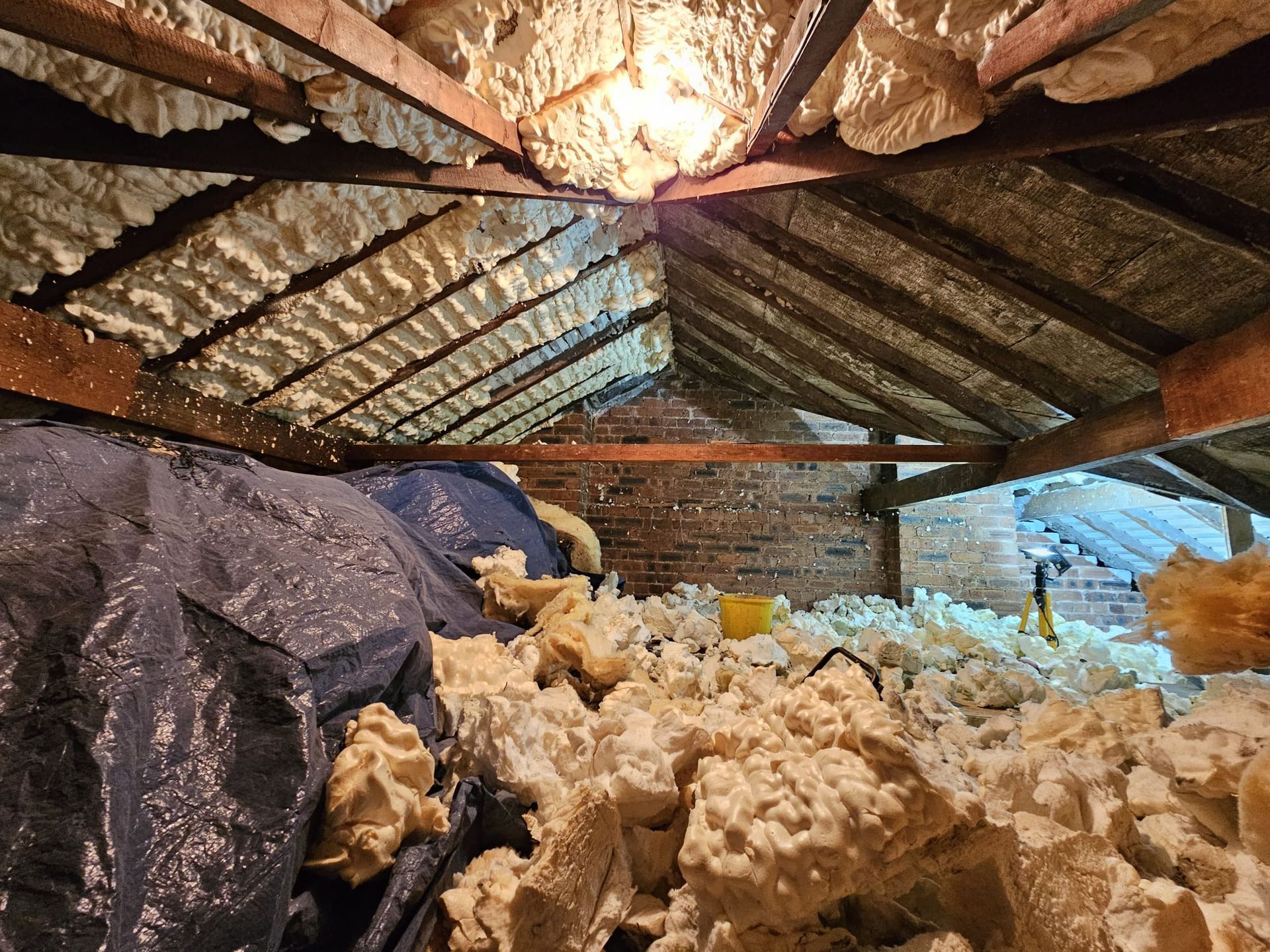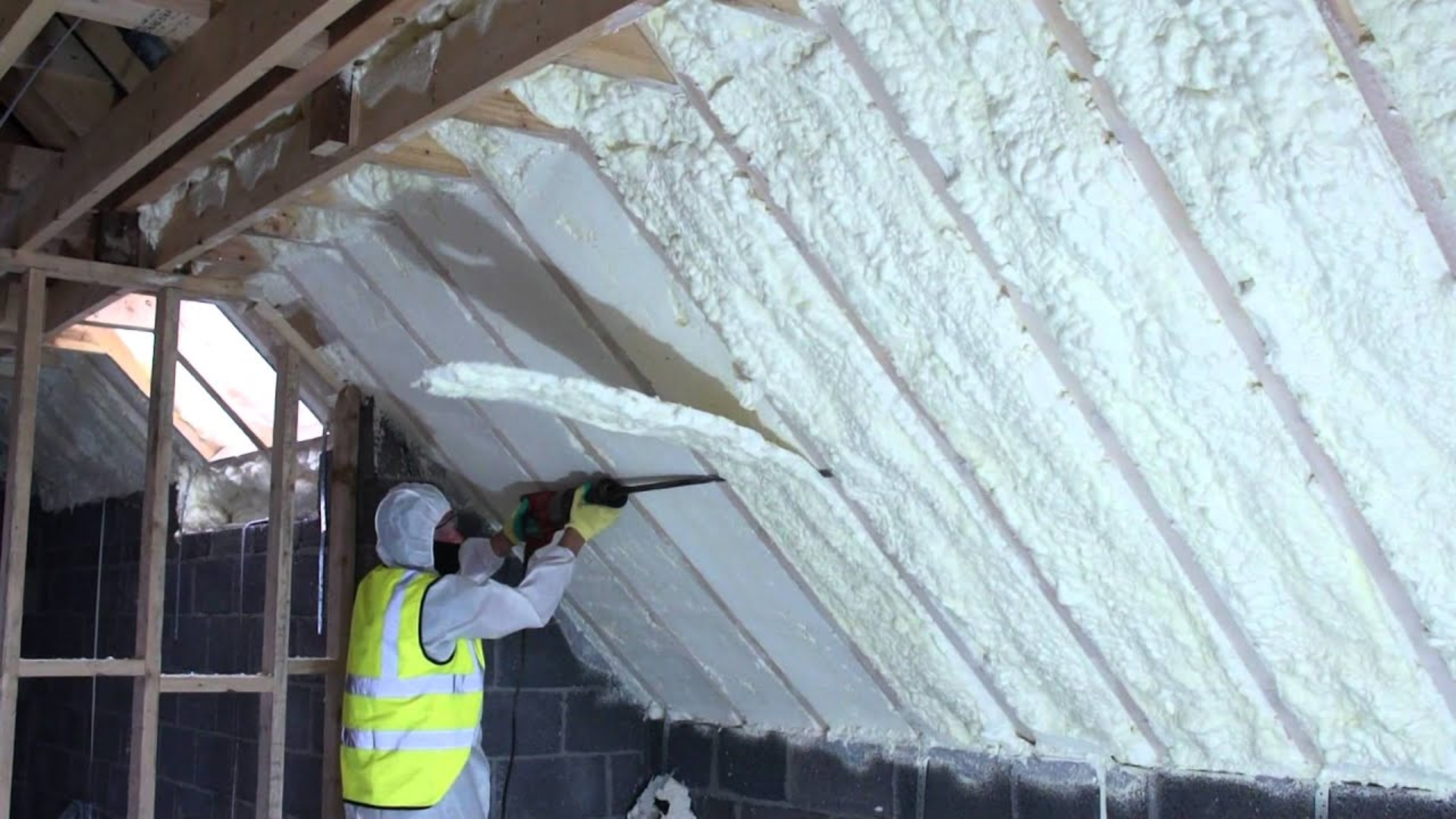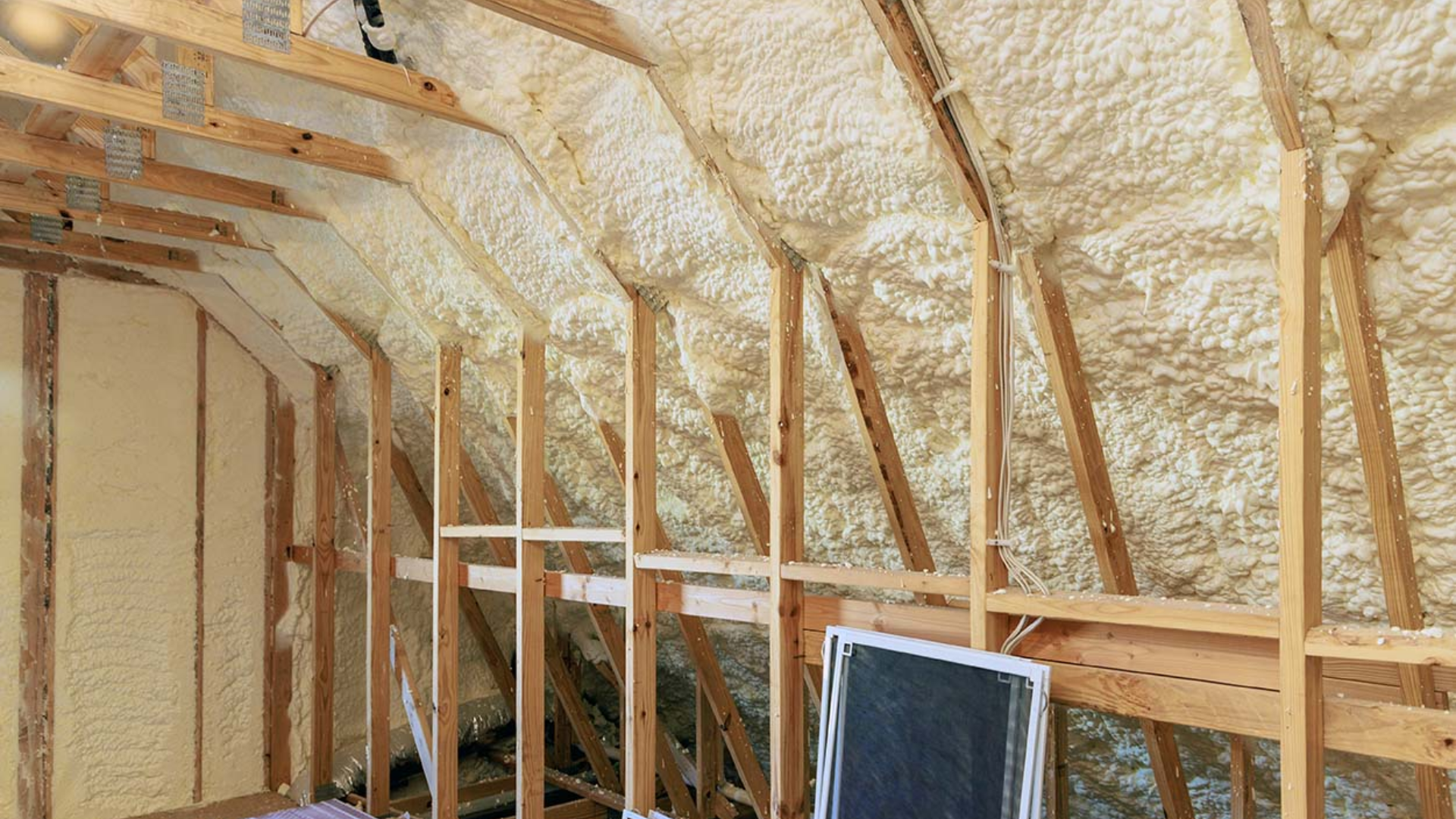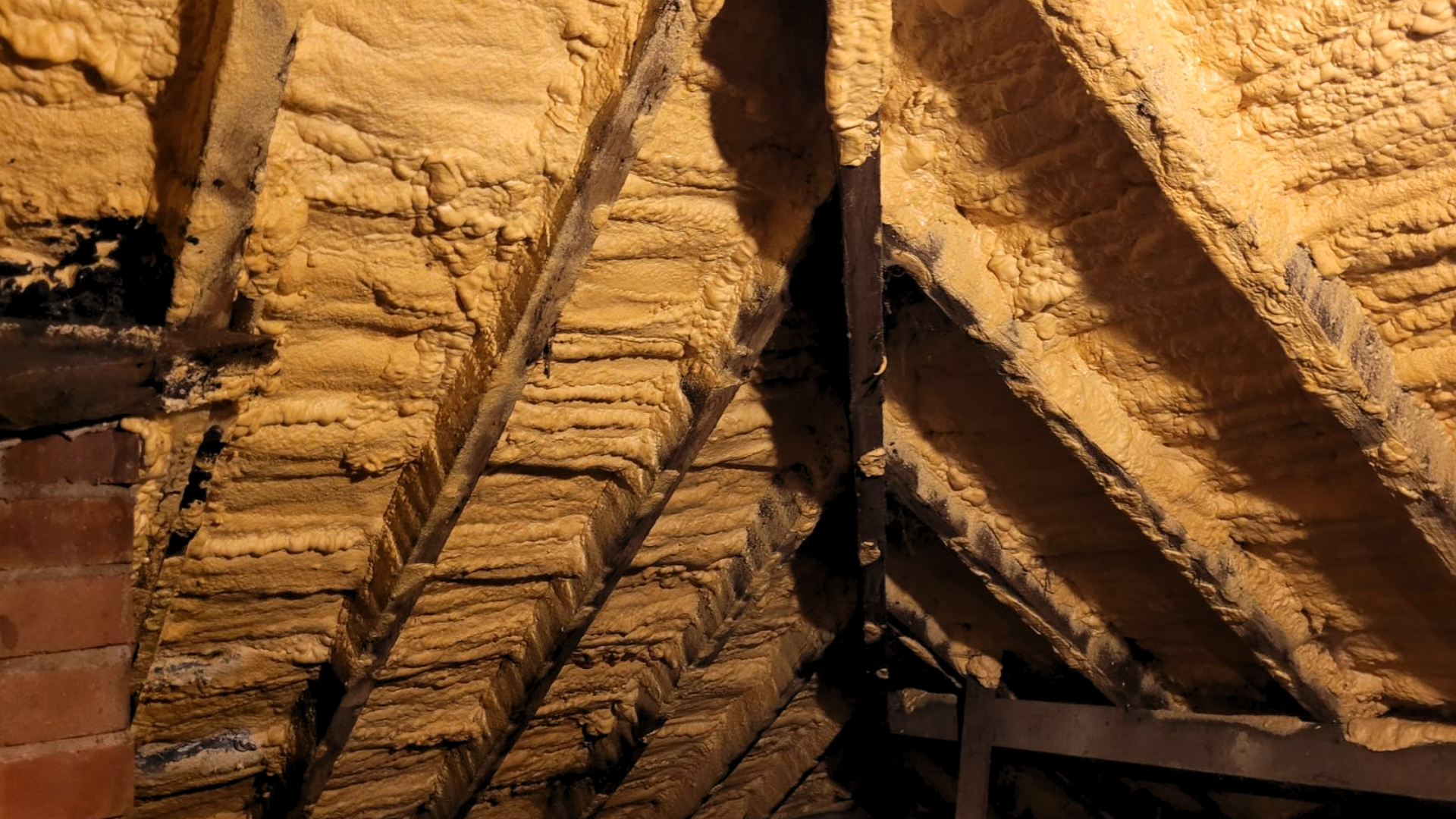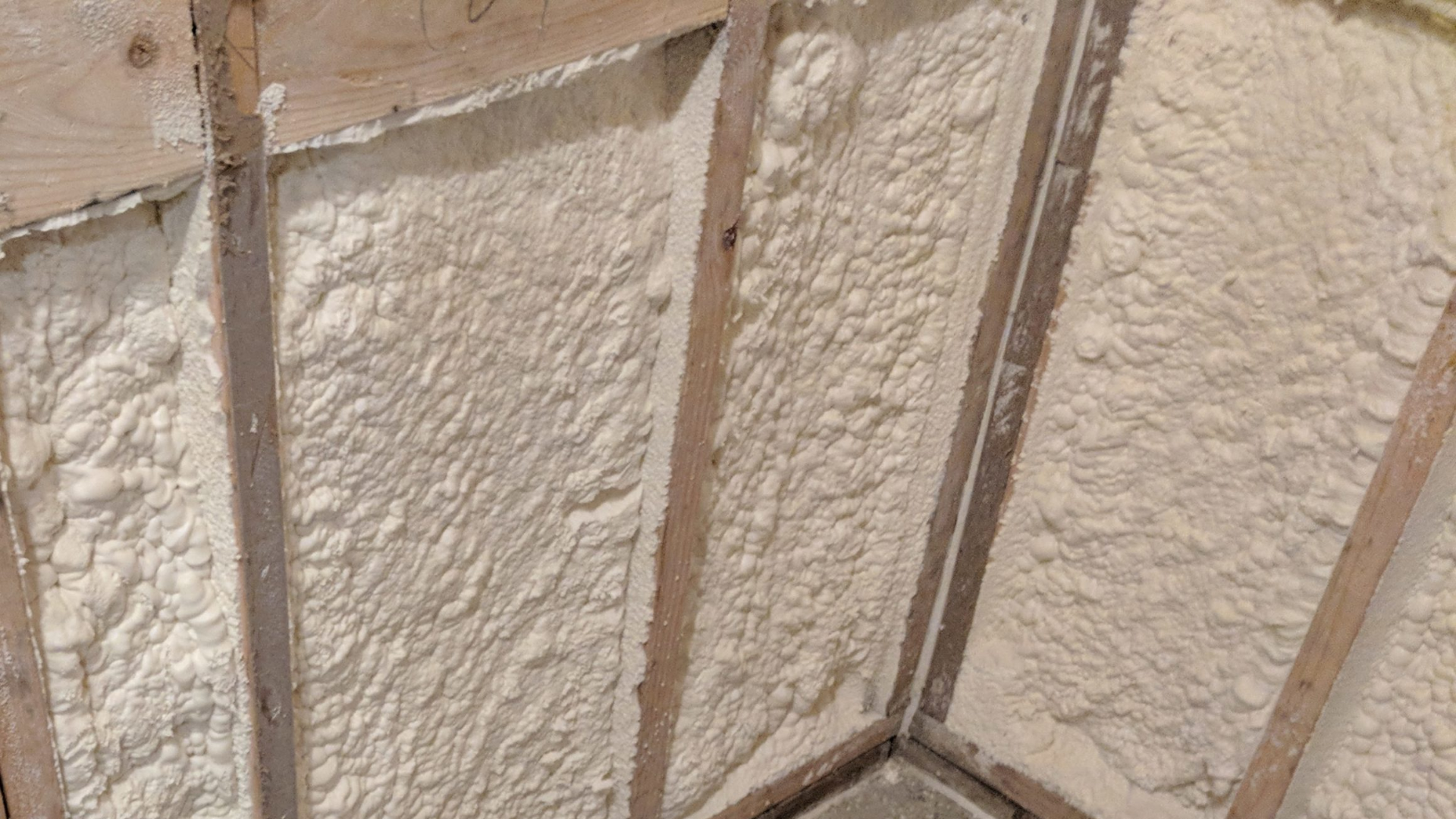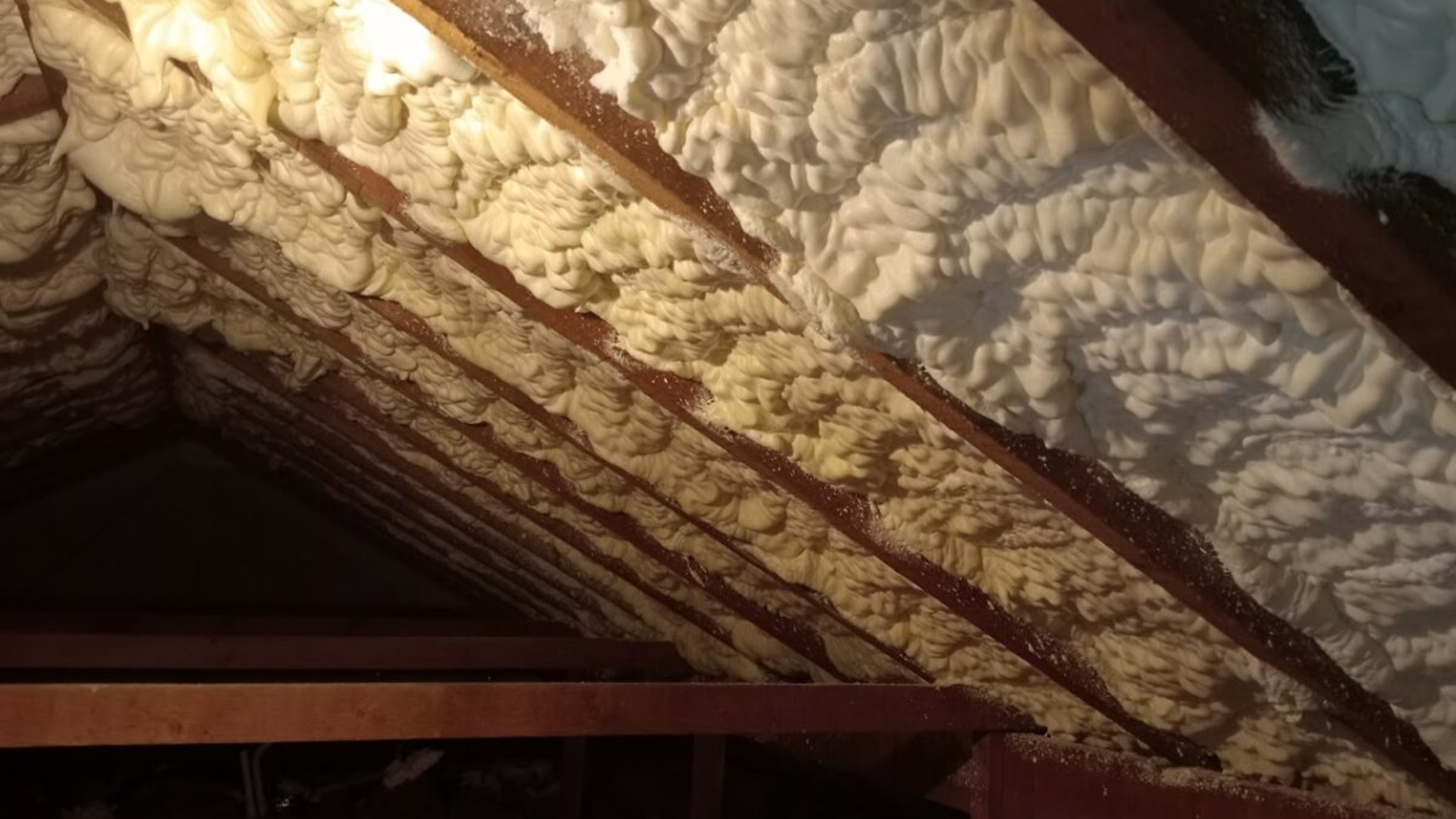When and Why You Should Consider Removing Spray Foam Insulation
Are you thinking it's time to remove the spray foam insulation?
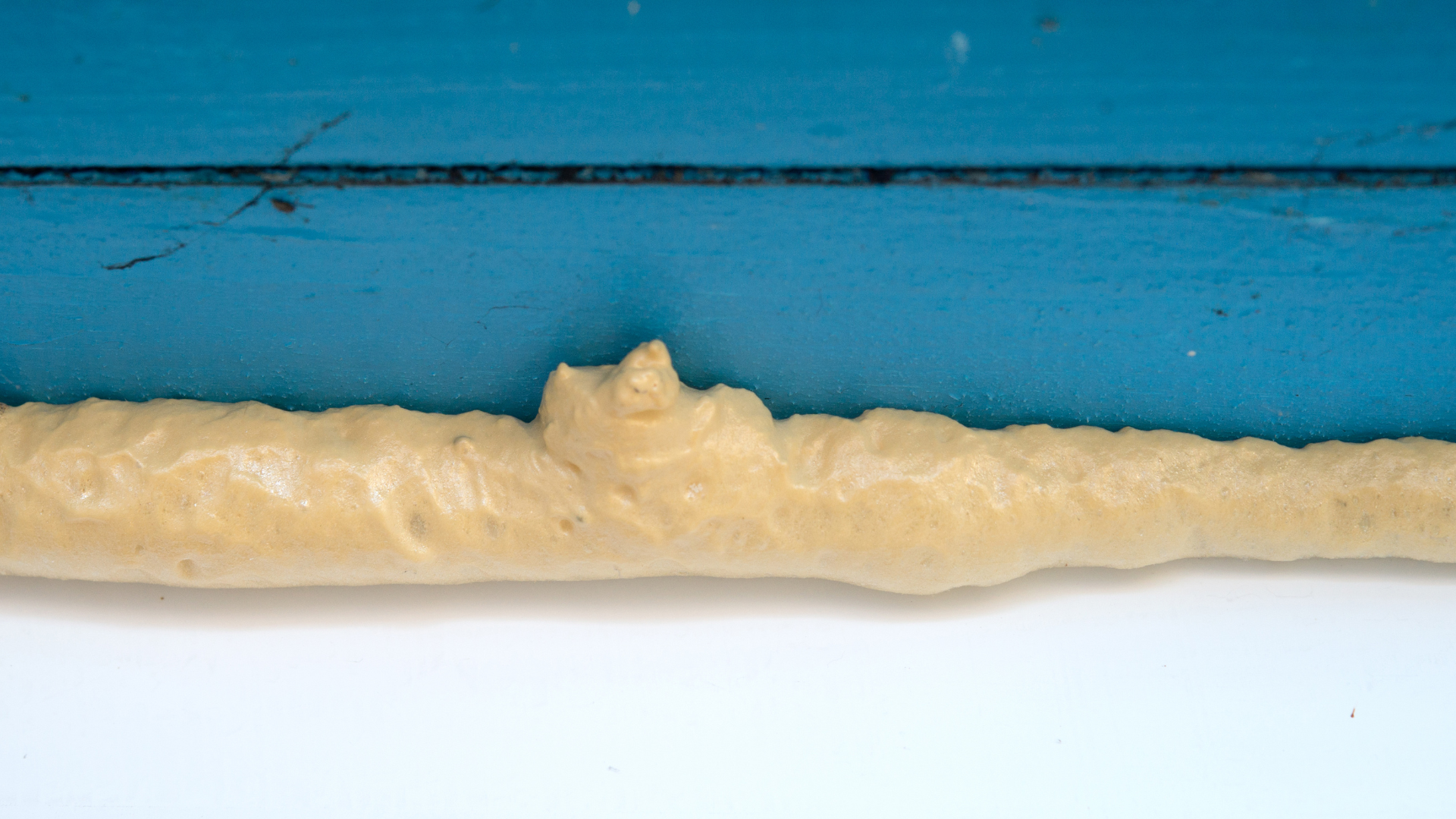
Spray foam insulation has been widely used in the UK for its numerous benefits, including energy efficiency, soundproofing, and moisture control. However, there may come a time when you need to remove the insulation. In this blog, we will explore when and why you should consider removing spray foam insulation and the steps to take to do so safely and effectively.
When to Consider Removing Spray Foam Insulation
Structural Issues: One of the primary reasons for removing spray foam insulation is if it has caused structural issues. Over time, the foam may have expanded too much, causing walls or roofs to bulge or crack. In such cases, it's best to remove the insulation to assess the extent of the damage and repair any structural issues.
Water Damage: While spray foam insulation is water-resistant, it's not entirely waterproof. If moisture has penetrated the foam and caused mould or mildew growth, it's best to remove the insulation to address the root cause of the issue.
Renovations: If you're renovating your property and need to access the walls or roof, removing the spray foam insulation may be necessary. This will allow you to make changes to the layout or install new fixtures without damaging the insulation.
Health Concerns: In rare cases, spray foam insulation may release harmful chemicals into the air. If you or anyone in your property experiences symptoms such as headaches, dizziness, or difficulty breathing, it's essential to have the insulation removed and replaced with a safer alternative.
Why You Should Consider Removing Spray Foam Insulation
Reduced Insulation Efficiency: Over time, spray foam insulation may lose its effectiveness due to factors such as moisture or wear and tear. If the insulation is not performing as it should, it may be time to remove it and replace it with a more efficient solution.
Pest Infestations: While spray foam insulation is an excellent barrier against air and moisture, it may not keep out pests such as rodents or insects. If you're experiencing pest infestations in your property, removing the insulation may be necessary to prevent further damage and contamination.
End-of-Life: Spray foam insulation has a lifespan of approximately 20-30 years, after which it may start to deteriorate and become less effective. If your insulation has reached the end of its lifespan, it's best to remove and replace it with a new solution.
How to Safely and Effectively Remove Spray Foam Insulation
Safety Gear: Before removing spray foam insulation, it's crucial to wear proper safety gear, including gloves, goggles, and a respirator mask. The insulation may release harmful chemicals or irritants into the air, which can cause respiratory problems or skin irritation.
Cutting: Use a sharp utility knife to cut through the insulation, taking care not to damage the underlying structure.
Disposal: Spray foam insulation must be disposed of safely and responsibly. Depending on the quantity, you may need to hire a skip or arrange for the insulation to be collected by a licensed waste disposal company.
Removing spray foam insulation may seem like a daunting task, but in some cases, it's necessary for the safety and efficiency of your property. With proper safety gear and techniques, you can remove the insulation safely and responsibly and replace it with a more efficient solution that meets your needs. If you're experiencing structural issues, water damage or health concerns, it's essential to have the insulation removed by a professional to assess the extent of the damage and ensure a safe and effective removal process.
Click here and get in touch today for professional advice.
Want to replace that insulation you've now just lost in your loft? We also offer a re-laying of new insulation service! One of our team will offer this to you during our survey.
Book an appointment


